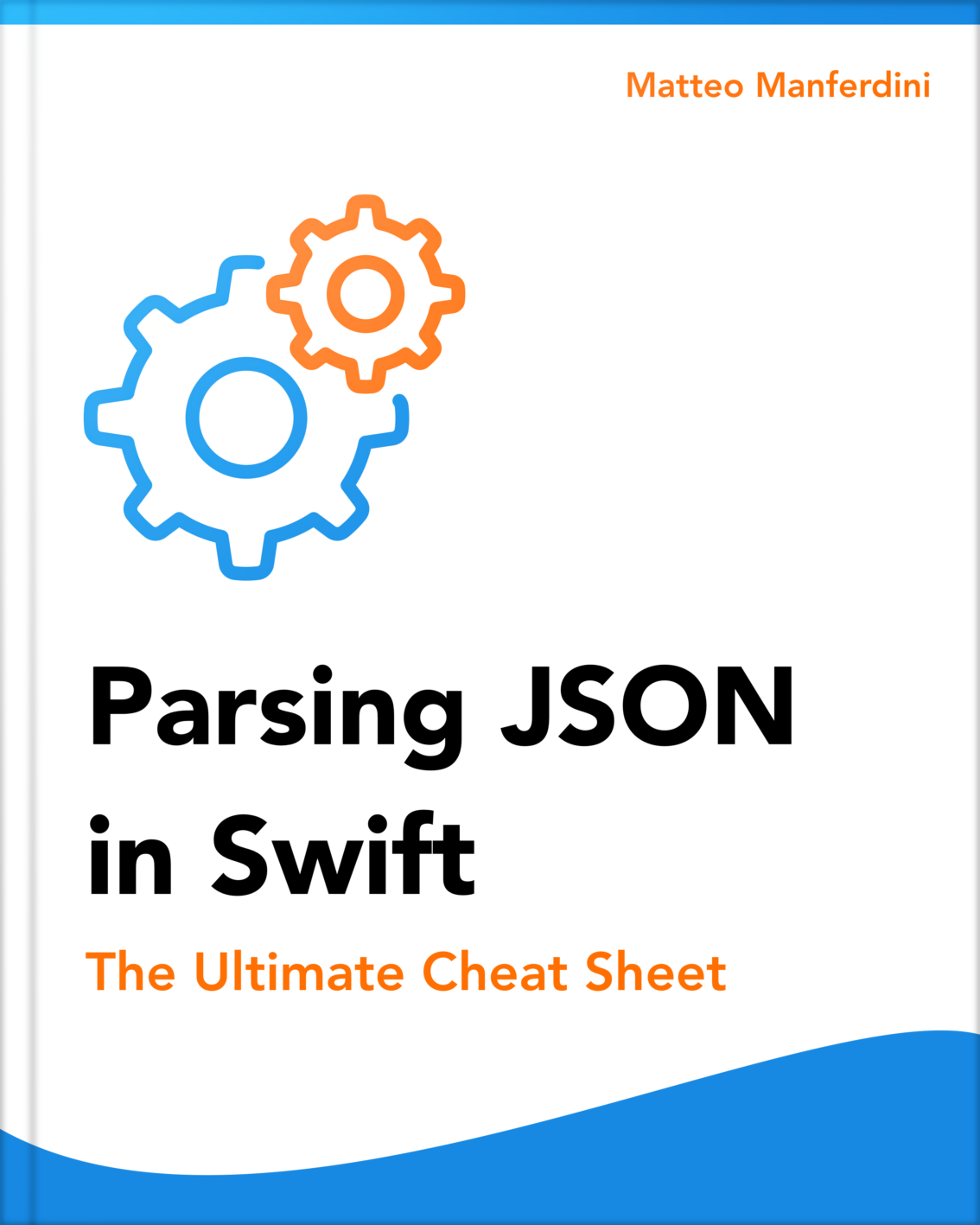Auto Layout is a complex beast to tame.
Creating adaptive apps that fit the sizes and proportions of all iOS devices is a complex problem. We can only solve it with a complex solution.
But you don’t need the full power of Auto Layout all the time.
Most apps have fairly straightforward interfaces. Most of the time, you can go a long way by only using Auto Layout’s basic features in an app’s storyboard.
That’s the Pareto Principle at play: learn the 20% of Auto Layout’s functionality that covers 80% of the cases.
From there, you can expand and include the what you miss to solve the problems you have at hand.


